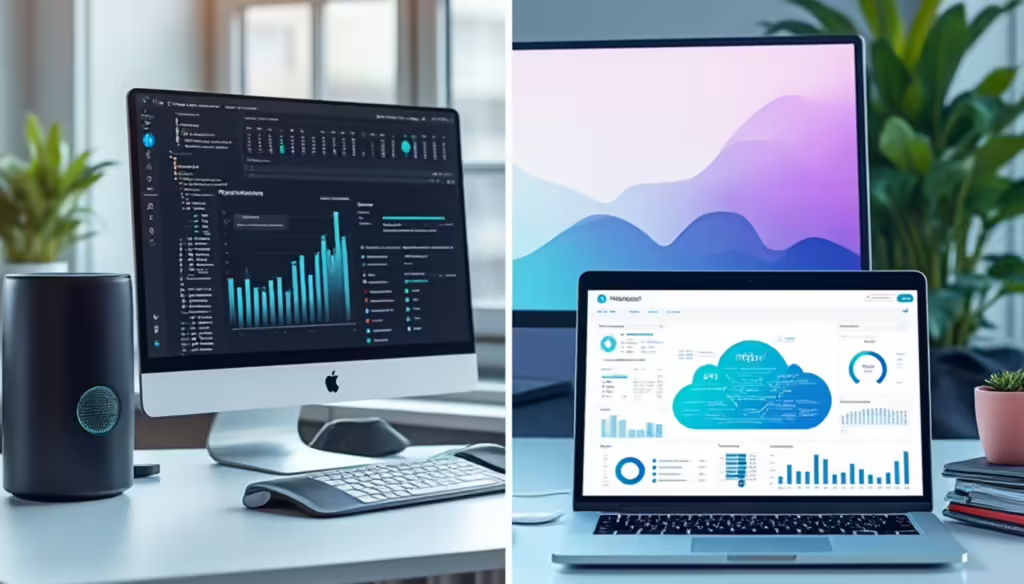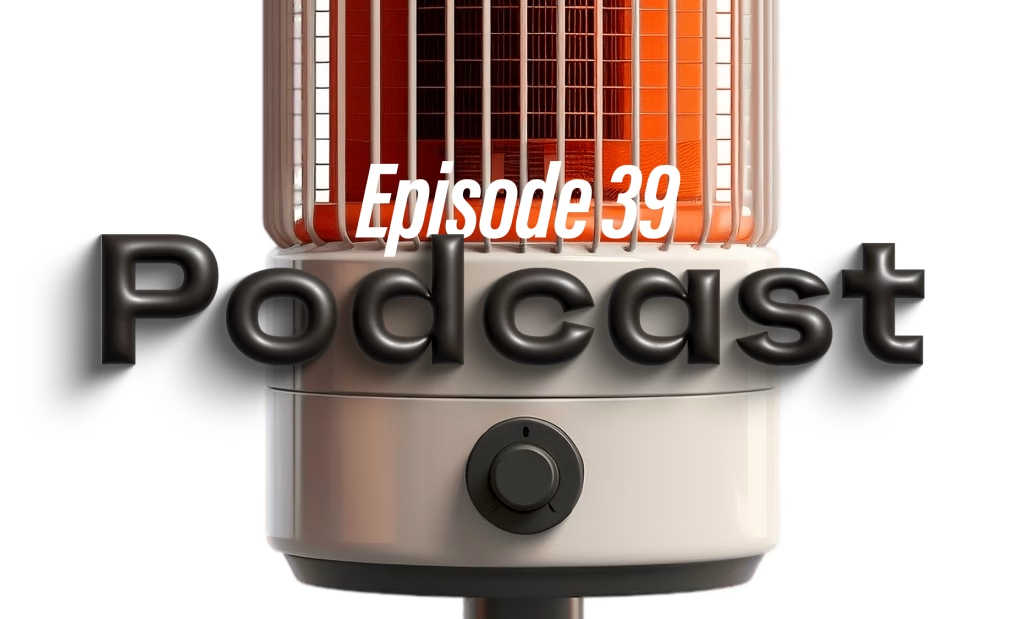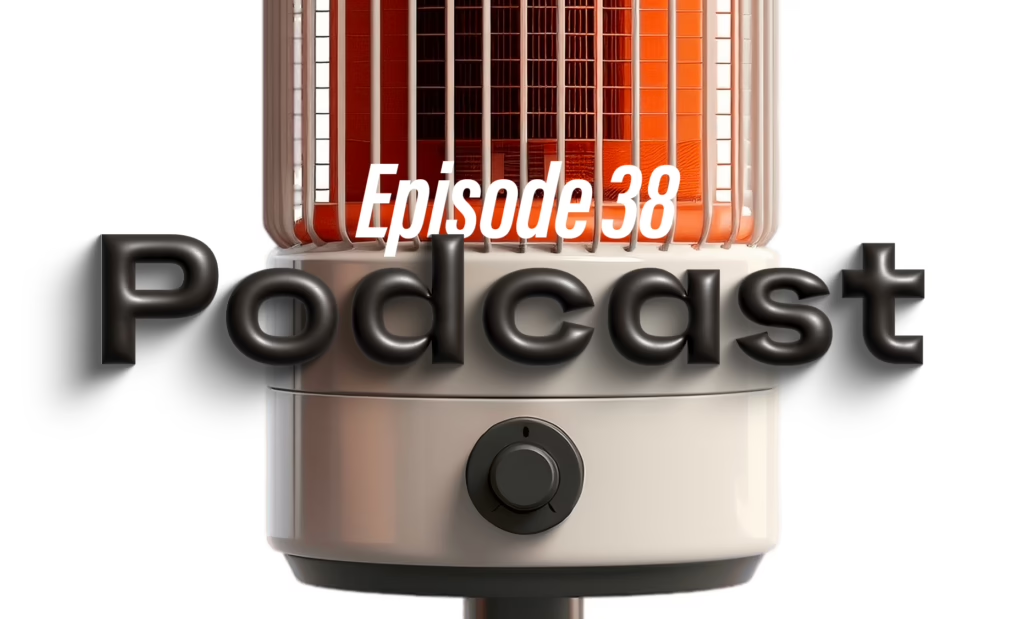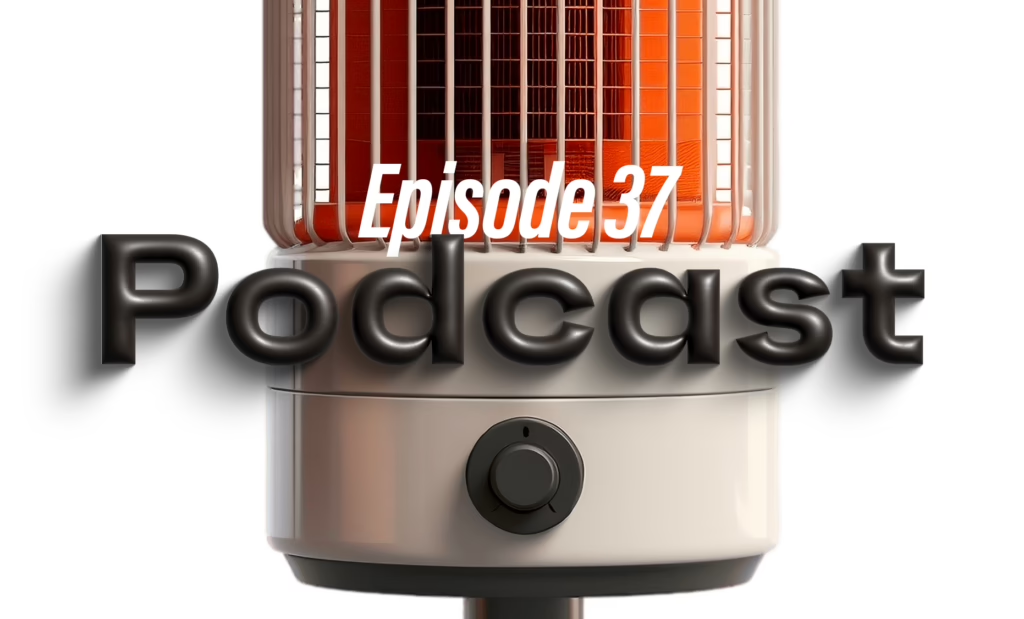By Laurier Mandin

At Graphos Product we made a strategic choice decades ago to focus exclusively on physical product marketing.
No software, no SaaS, now or ever.
Why not? After all, we’re constant users of software products ourselves, and have gigantic respect for our many peers who are SaaS product marketing experts.
It’s because we recognized that physical consumer and B2B products demand fundamentally different marketing approaches than software – and that mastery requires specialization.
(We had also discovered is was something we were passionate about, and had a real knack for.)
How is marketing physical products so different from SaaS?
Similar to the products themselves, physical product marketing requires near-perfect execution from day one. Unlike software, you can’t push updates or quickly pivot based on user feedback.
Your product positioning, messaging, and go-to-market strategy have got to be spot-on before manufacturing begins.
Key differences include:
- Fixed production runs vs. continuous deployment
- Complex distribution channels vs. direct digital delivery
- Physical inventory management vs. scalable cloud hosting
- Upfront manufacturing investment vs. incremental development costs
- Longer development cycles vs. agile iterations
Why is physical product marketing more expensive than software?
It’s generally not the agency engagement that makes marketing a physical product more expensive — although the Return on Ad Spend (ROAS) does tend to differ.
And while software companies can start incredibly lean (like out of someone’s home office) and scale gradually, physical products require significant upfront marketing investment. This includes extra costs like:
- Comprehensive market research before production
- Hard prototyping costs across multiple iterations
- Physical packaging design and production
- Product photography and video production
- Channel marketing materials
- Trade show presence and retail marketing
- Complex supply chain relationships, travel overseas and international patents
The stakes are simply higher – there’s no “beta testing” with actual space-occupying inventory to move. Your Minimum Viable Product has to be a Minimum Wow Product.
What makes physical product launches riskier than software launches?
The risk profile for physical products is drastically different:
- Inventory must be manufactured before sales begin
- Distribution partnerships require upfront commitments
- Product changes are costly and time-consuming
- Cargo freight, home delivery and returns involve physical logistics
- Market positioning must be perfect before launch
This is why a specialized physical product marketing agency is so vital. Generic marketing approaches that work for software often fail catastrophically with physical products.
How to budget for physical product marketing compared to software marketing
Physical product marketing budgets must account for:
- Pre-launch market validation research
- Physical marketing materials and packaging
- Channel marketing support
- Trade show and retail presence
- Inventory-aligned marketing campaigns
Unlike software’s “growth hacking” approach, physical consumer and B2B product marketing requires strategic precision from the start.
Physical product marketing costs vs software marketing costs
Cost structures differ significantly:
Physical Products:
- Higher upfront investment
- Fixed production costs
- Physical distribution expenses
- Channel marketing requirements
- Inventory carrying costs
Software:
- Lower initial costs
- Scalable infrastructure
- Digital distribution
- Direct-to-user marketing
- Flexible pricing models
Can software marketing agencies handle physical products?
In our experience, when the soft, grippy rubber meets the hard and gritty road, software marketing expertise rarely translates to physical consumer and B2B product success.
The fundamentals are too different:
- Channel relationships vs. direct sales
- Physical logistics vs. digital delivery
- Fixed inventory vs. flexible scaling
- Point-of-sale marketing vs. online conversion
- Retail presence vs. digital presence
This is all part of why Graphos Product specializes exclusively in physical products – because mastery demands serious focus.
You just can’t be an expert in all things SaaS and also stay on top of the physical product world. It’s dangerous for anyone to pretend they do.
Why do physical products need specialized marketing?
Physical product marketing requires unique expertise in:
- Retail channel dynamics
- Supply chain communications
- Physical merchandising
- Trade show marketing
- Distribution partnerships
- Inventory-aligned campaigns
Generic marketing approaches often miss these crucial elements.
Physical product marketing ROI vs software marketing ROI
ROI calculations differ significantly:
- Physical products have higher upfront costs but potentially larger margins
- Software can scale quickly but faces intense competition and risk of AI replication
- Physical products build tangible brand equity
- Distribution partnerships create lasting value
- Market positioning affects long-term pricing power
- Customers can touch, feel and love physical products in a very different way
That’s why we’ve spent years perfecting our Innovative Product Go-to-Market Roadmap™ specifically for physical products.
Why Graphos Product Specializes in Physical Product Marketing
While on the surface, our exclusive focus on physical products may look like a limitation, you can see why it isn’t.
It’s a strategic choice. We believe that launching successful physical consumer and B2B products requires specialized expertise that can only come from decades of focused experience.
Ready to launch your physical product with a partner who deeply understands the unique challenges you face?
Connect with us to discuss your product innovation.





